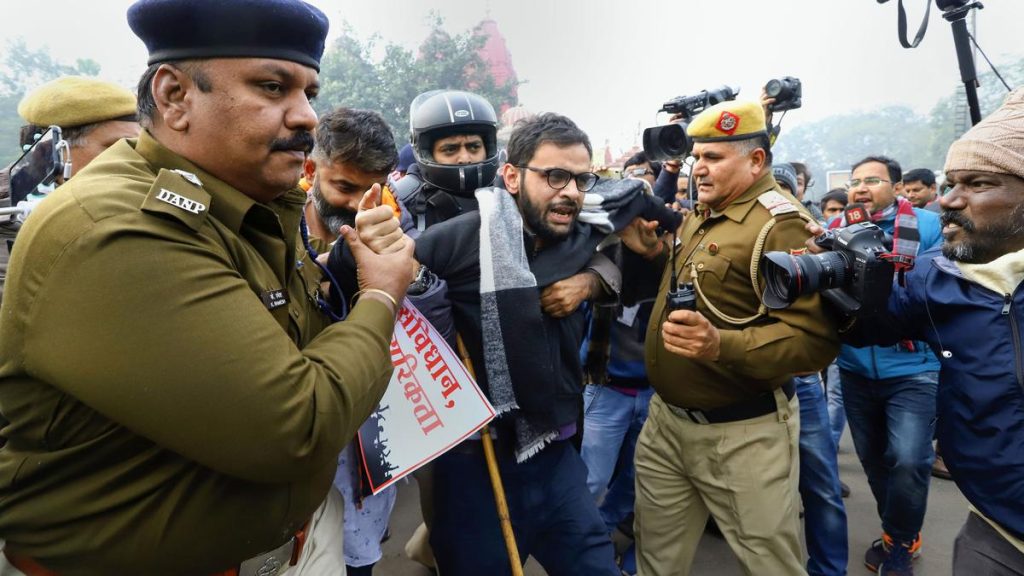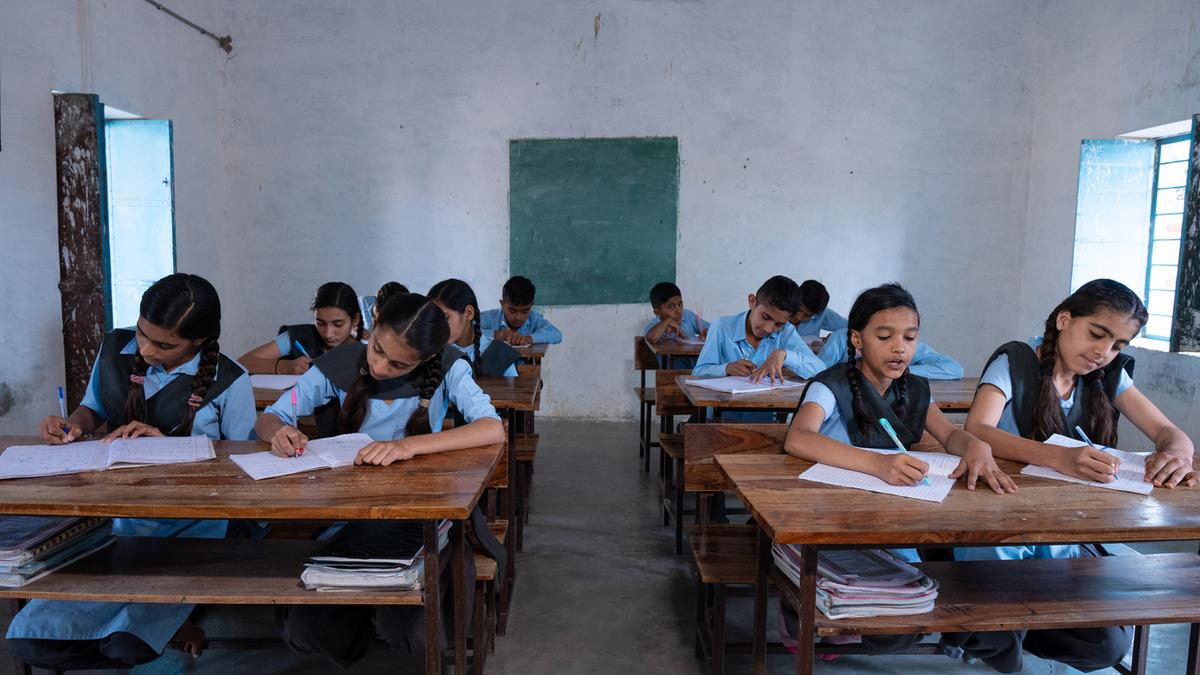Now Reading: Bombay HC Dismisses PIL Against Prada Over Kolhapuri Chappal Row
-
01
Bombay HC Dismisses PIL Against Prada Over Kolhapuri Chappal Row
Bombay HC Dismisses PIL Against Prada Over Kolhapuri Chappal Row
quick Summary
- Teh Bombay High Court dismissed a Public Interest Litigation (PIL) against Italian fashion house Prada over its alleged unauthorized use of the iconic Kolhapuri chappals in their designs.
- A bench led by chief Justice Alok Aradhe and Justice Sandeep marne found that the five petitioners lacked “locus” or legal standing to file the case, as they were neither directly aggrieved parties nor registered proprietors of the Kolhapuri GI tag.
- The petition claimed that Kolhapuri chappals are protected under India’s Geographical Indications (GI) Act,and Prada’s ‘toe-ring sandals,’ priced at ₹1 lakh per pair,closely resemble them.
- The court noted that only registered proprietors can file suits concerning GI-tagged products and dismissed the PIL with a promise to release a detailed order later.
- Kolhapuri artisans and customary workshops have received global attention after Prada’s collection brought these sandals into focus.
Images: Artisan craftsmanship showcased – leather drying,polishing processes for Kolhapuris,workshop setups,display of royal replicas worn historically by Shahu Maharaj.
Indian Opinion Analysis
The case raises crucial questions about intellectual property rights enforcement related to Geographical Indications (GI). While the dismissal was based on procedural grounds regarding locus standi and not substantive merit, it underscores the need for those officially responsible-such as registered proprietors-to safeguard cultural heritage legally. For India’s artisans in sectors tied to GI protections like Kolhapuri chappals or textiles such as Benarasi silk, such incidents highlight both opportunities for showcasing craftsmanship globally yet risks surrounding cultural misappropriation.
Prada’s collection has inadvertently amplified international recognition for India’s skilled artisans but also calls attention to gaps in regulatory frameworks protecting traditional crafts from replication without consent. Strengthening mechanisms for registering ownership under GI tags could empower local communities while preserving authenticity amid globalization pressures.
Read more: Kolhapuri Chappal Artisans’ Spotlight

























